Life
Sign up for our newsletter
We summarize the week's scientific breakthroughs every Thursday.
-
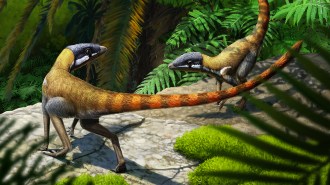 Paleontology
PaleontologyPterosaurs may have evolved from tiny, fast-running reptiles
A mysterious little ground-dwelling reptile unearthed in a Scottish sandstone over 100 years ago turns out to be part of a famous flying family.
-
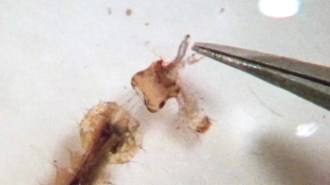 Animals
AnimalsVideo captures young mosquitoes launching their heads to eat other mosquitoes
New high-speed filming gives a first glimpse of mosquito hunting too fast for humans to see.
By Susan Milius -
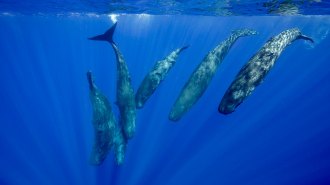 Animals
Animals‘Wonderful nets’ of blood vessels protect dolphin and whale brains during dives
Complex networks of blood vessels called retia mirabilia that are associated with cetaceans’ brains and spines have long been a mystery.
-
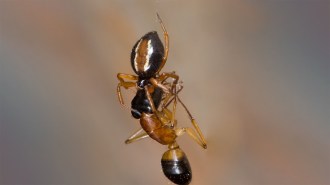 Animals
AnimalsThis spider literally flips for its food
The Australian ant-slayer spider’s acrobatics let it feast on insects twice its size, a new study shows,
By Freda Kreier -
 Humans
HumansHow to get a crying baby to sleep, according to science
Science has come up with a recipe for lulling a crying baby to sleep: Carry them for five minutes, sit for at least five more and then lay them down.
-
 Life
LifeMarcos Simões-Costa asks how cells in the embryo get their identities
Marcos Simões-Costa combines classic studies of developing embryos with the latest genomic techniques.
By Aina Abell -
 Science & Society
Science & SocietyBig questions inspire the scientists on this year’s SN 10 list
These scientists to watch study climate change, alien worlds, human evolution, the coronavirus and more.
-
 Neuroscience
NeuroscienceEmily Jacobs wants to know how sex hormones sculpt the brain
Emily Jacobs studies how the brain changes throughout women’s reproductive years, plus what it all means for health.
-
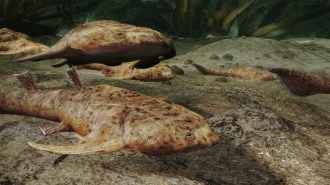 Paleontology
PaleontologyAncient fish fossils highlight the strangeness of our vertebrate ancestors
New fossils are revealing the earliest jawed vertebrates — a group that encompasses 99 percent of all living vertebrates on Earth, including humans.
-
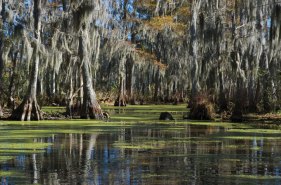 Ecosystems
Ecosystems‘Fen, Bog & Swamp’ reminds readers why peatlands matter
In her latest book, author Annie Proulx chronicles people’s long history with peatlands and examines the ecological value of these overlooked places.
By Anna Gibbs -
 Ecosystems
EcosystemsA Caribbean island gets everyone involved in protecting beloved species
Scientists on Saba are introducing island residents to conservation of Caribbean orchids, red-billed tropicbirds and urchins.
By Anna Gibbs -
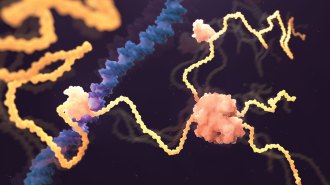 Life
LifeHas AlphaFold actually solved biology’s protein-folding problem?
An AI called AlphaFold predicted structures for nearly every protein known to science. Those predictions aren’t without limits, some researchers say.